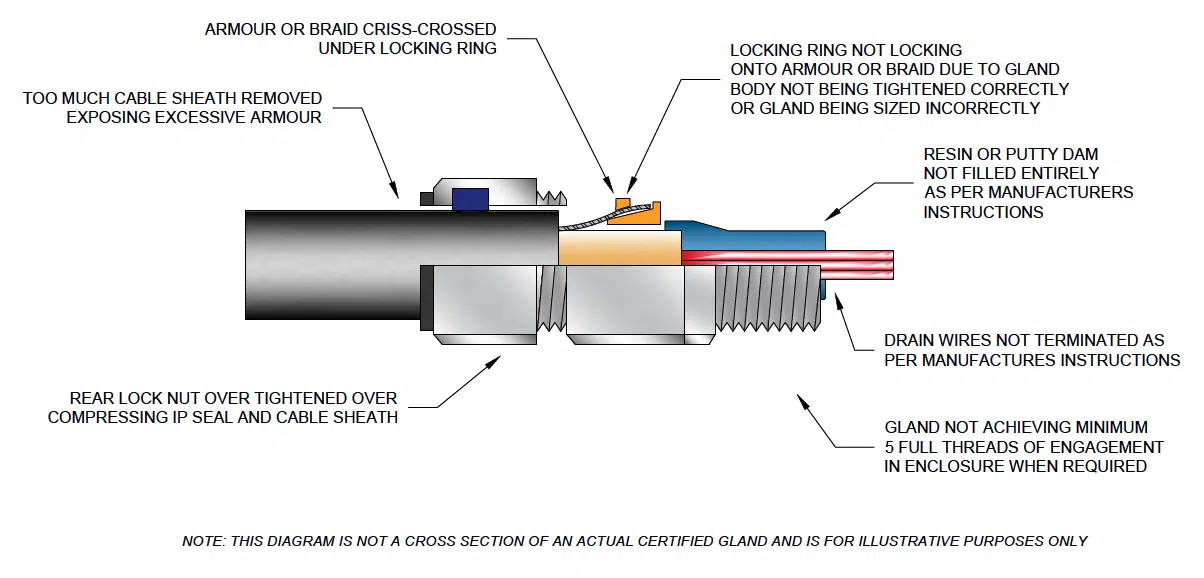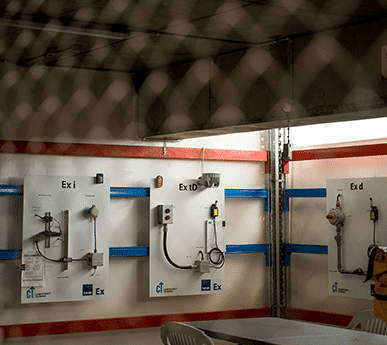Some Known Incorrect Statements About Roar Solutions
Some Known Incorrect Statements About Roar Solutions
Blog Article
The smart Trick of Roar Solutions That Nobody is Discussing
Table of ContentsThe Ultimate Guide To Roar SolutionsThe Best Strategy To Use For Roar SolutionsThe Only Guide for Roar Solutions
In order to shield installments from a possible surge a method of evaluating and identifying a potentially hazardous area is needed. The purpose of this is to guarantee the appropriate selection and installation of tools to ultimately avoid a surge and to ensure safety of life.
(https://www.4shared.com/u/m0RNXdsL/thomascarrillo4740.html)
No devices should be mounted where the surface area temperature of the devices is higher than the ignition temperature level of the offered threat. Below are some usual dirt harmful and their minimum ignition temperature. Coal Dust 380C 225C Polythene 420C (melts) Methyl Cellulose 420C 320C Starch 460C 435C Flour 490C 340C Sugar 490C 460C Grain Dirt 510C 300C Phenolic Material 530C > 450C Aluminium 590C > 450C PVC 700C > 450C Residue 810C 570C The probability of the risk being present in a concentration high sufficient to cause an ignition will certainly vary from place to area.
Hazardous area electrical equipment maybe created for usage in greater ambient temperatures. Field Repair By Authorised Employee: Challenging screening may not be required nevertheless particular procedures may need to be followed in order for the equipment to maintain its 3rd event rating. Each piece of devices with an unsafe rating should be evaluated separately.
The smart Trick of Roar Solutions That Nobody is Discussing
The equipment register is a thorough data source of equipment records that consists of a minimum set of areas to determine each item's place, technological criteria, Ex-spouse category, age, and ecological data. The ratio of Comprehensive to Close evaluations will certainly be established by the Tools Threat, which is examined based on ignition danger (the probability of a source of ignition versus the probability of a combustible environment )and the dangerous area category
( Zone 0Area 1, or 2). Executing a robust Risk-Based Examination( RBI )approach is essential for ensuring conformity and safety and security in taking care of Electric Equipment in Hazardous Areas( EEHA).
The Ultimate Guide To Roar Solutions

In regards to eruptive threat, a dangerous area is an atmosphere in which an eruptive environment is existing (or may be expected to be present) in quantities that call for unique preventative measures for the construction, installation and usage of devices. Roar click here now Solutions. In this post we check out the obstacles dealt with in the office, the danger control procedures, and the called for proficiencies to work securely
It issues of modern life that we manufacture, save or handle a range of gases or fluids that are considered combustible, and a series of dirts that are regarded flammable. These substances can, in certain conditions, create eruptive ambiences and these can have major and awful repercussions. The majority of us know with the fire triangle remove any among the 3 aspects and the fire can not happen, but what does this mean in the context of hazardous locations? When breaking this down right into its most basic terms it is essentially: a mix of a specific quantity of release or leak of a particular material or material, blending with ambient oxygen, and the existence of a source of ignition.
In the majority of circumstances, we can do little concerning the degrees of oxygen airborne, yet we can have significant influence on sources of ignition, for instance electrical devices. Dangerous areas are documented on the dangerous location category drawing and are determined on-site by the triangular "EX" indicator. Here, among other crucial info, areas are split right into 3 types relying on the hazard, the probability and period that an explosive environment will exist; Zone 0 or 20 is deemed one of the most hazardous and Zone 2 or 22 is deemed the least.
Report this page